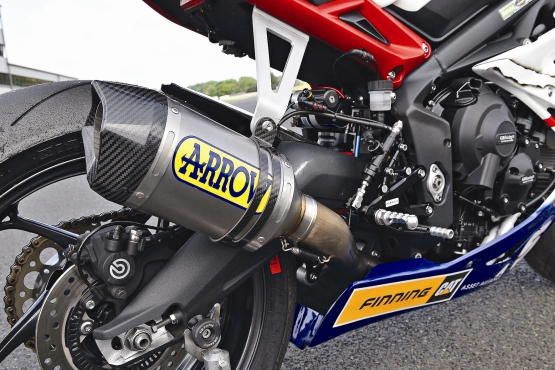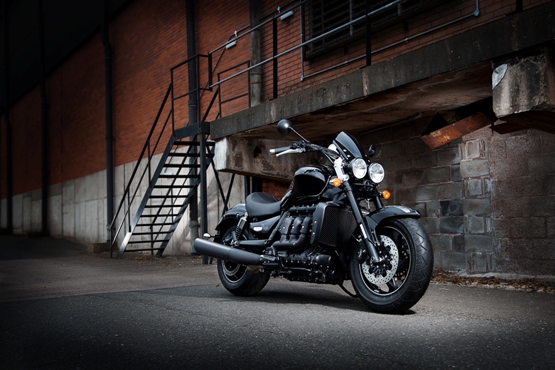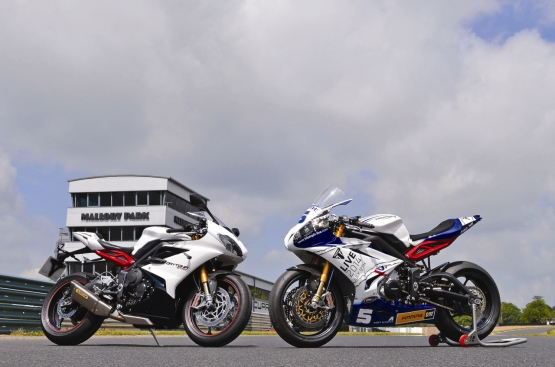The Indian market has evolved and the availability of 400cc and 600cc bikes is not a reality. What do we really need? [Read more…] about Is India ready for big bikes?
track day
Supersport Fest at Mallory: Triumph Daytona 675R On Track
Having visited the Triumph factory at Hinckley, it was time to savour the Daytona at the historical Mallory Park. Here is what the experience was like.
Story: Aspi Bhathena
Photography: Aspi Bhathena and Triumph Motorcycles
After the plant visit it was time to ride the Daytona 675R and the British Supersport Championship leading Daytona at the historical Mallory Park circuit. The Mallory Park was well known in the past for the race of the year and especially for that epic battle between John Cooper and Giacomo Agostini where John beat Ago and his 500-cc factory MV Agusta on a production-based 750-cc BSA Rocket 3.
It was midday by the time I had finished the paperwork at the circuit office and the two stunning Daytona bikes were ready for me in the pits. The crystal white 675R is a very sharp and aggressive looking motorcycle. The 600 Supersport class was dominated by the Japanese big four until the launch of the Daytona. Apart from the three-cylinder engine configuration of the Triumph, there is hardly any difference between the English motorcycle and its Japanese counterparts.
The new short-stroke three-cylinder motor has a bigger bore and a shorter stroke, allowing it rev 500 RPM higher, and a broader spread of torque, at the same time lowering the piston speed for less wear and tear. For the first time a production motorcycle from Triumph has been fitted with titanium valves. The lighter metal allows the valves to be shaped for better gas flow. Now the cylinder-block is separate from the crankcase and has Nikasil bores compared to the cast-iron wet liners.
The fuel injection system has two injectors per cylinder for accurate fuelling throughout the rev range. The ram air intake is routed through the head stock. The power output is up by 3 PS to 128 PS and the maximum torque is up by 2 Nm to 74 Nm. The three-cylinder motor is mated to a six-speed gearbox via a slipper clutch. The slipper clutch prevents the rear wheel from locking up under aggressive downshifts. The six-speed ‘box now has a quick shifter for track and road use.
The all-new frame incorporates improved air-flow to the air-box through the head stock and uses fewer sections in its construction, improving strength and reducing the number of welds required. The rear sub-frame is made of two-piece high pressure die-cast aluminium. The wheelbase is shorter thanks to the sharper head angle. They have achieved better mass centralisation by moving the under-seat exhaust to below the engine.




